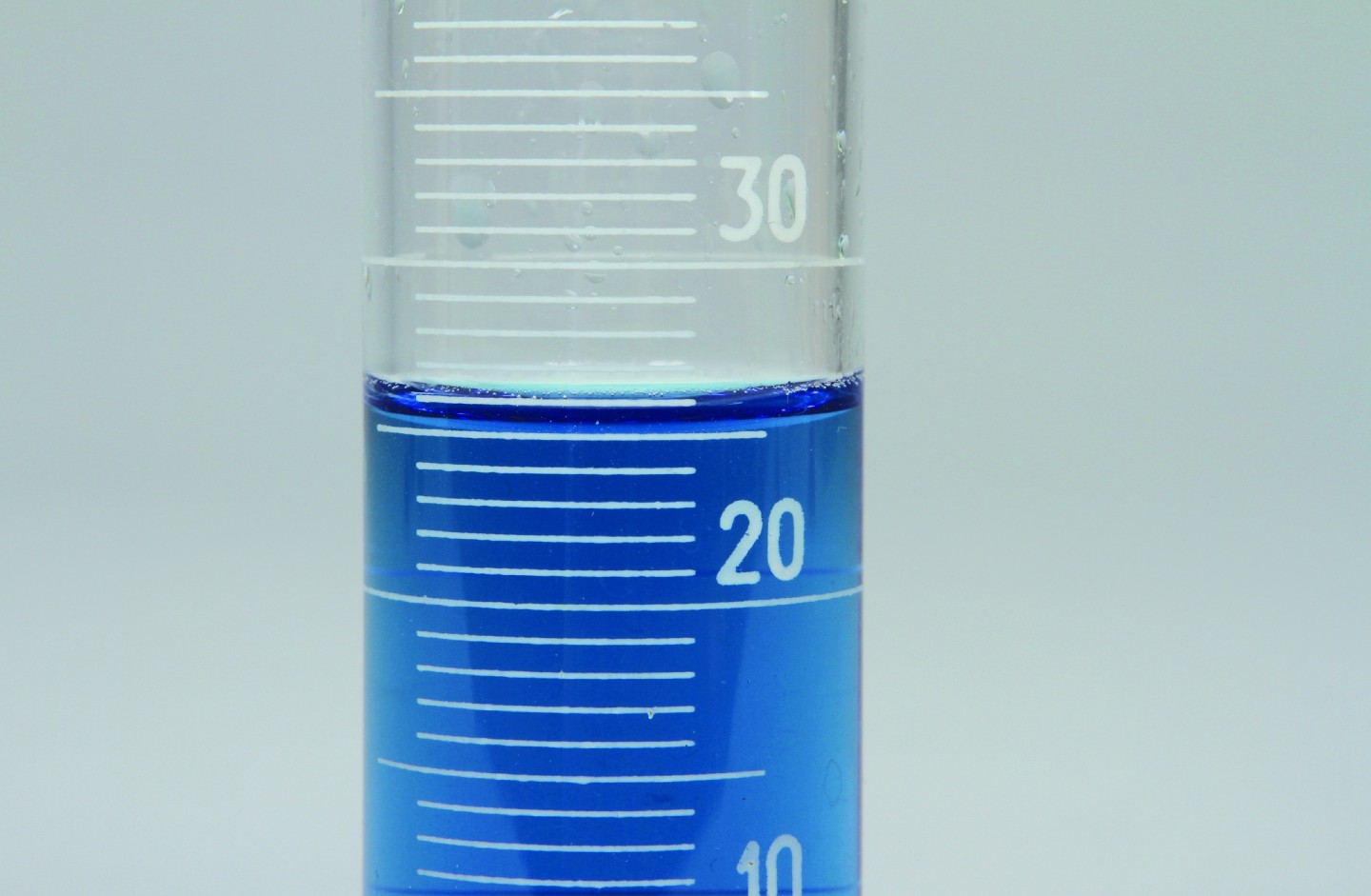This is the name of an If... then statement.
Hypothesis
What are the four base units (for temperature, length, mass, and volume)?
Degrees celsius, meters, grams, liters.
The smallest unit of life is...
a cell
How many bones does an adult have?
206
Name 3 single celled organisms.
Bacteria, amoeba, paramecium, euglena, volvox, yeast.
What do we do in our conclusion.
Summarize the data, does it support our hypothesis why or why not.
Deka (deca)
Which of these are living?
cells, muscles, rocks, water, skin
cells, muscles, skin
The smallest bones are the...
hammer, anvil, and stirrup
What is the closest planet to the sun?
Mercury.
What is the independent variable?
The variable that you manipulate.
Convert the following: 15cm to hm.
.0015hm
What bone is this?
Femur
What is the last column of the period table named.
The noble gases.
What makes a good hypothesis (2 things).
if... then statement, testable.
What is the volume?
25 mL
Our vertebrae are what kind of bone?
Irregular
Name three bones that protect organs.
Cranium, vertebrae, ribs
How far away is the sun?
93.7 million miles.
Sally likes playing outside, but noticed there are always a lot of mosquitos at night and she always gets bitten. She wonders if there are as many during the day. What could her hypothesis be?
If I go outside during the day, I will get bitten less because there are less mosquitos.
Why do we use water as the great equilizer?
It has a 1:1 ratio of mass to volume.
What organ system do the kidneys belong to?
Excretory system
Which bones are your radius and ulna?
Radius by your thumb, ulna by your pinkie.
What bacteria did Ms. Sack work with during college :)